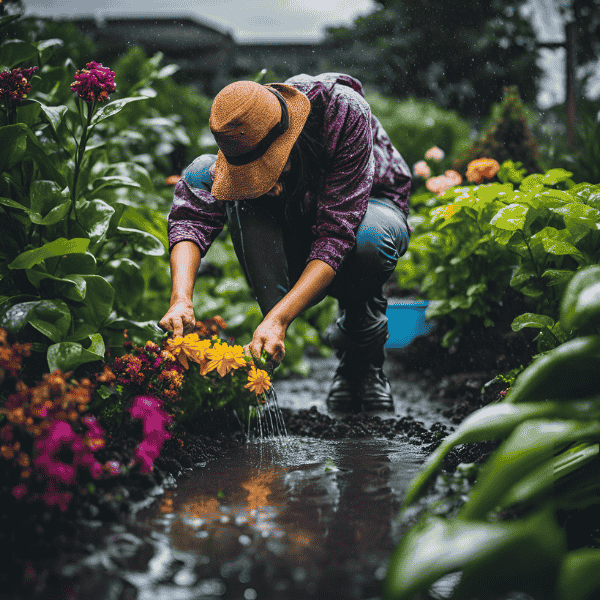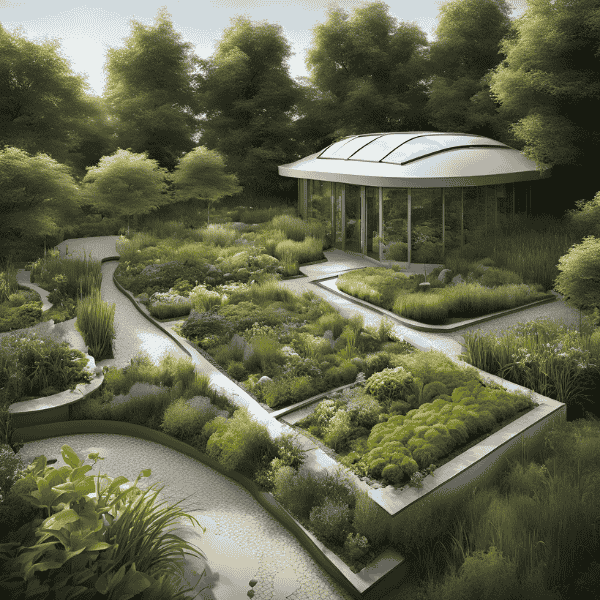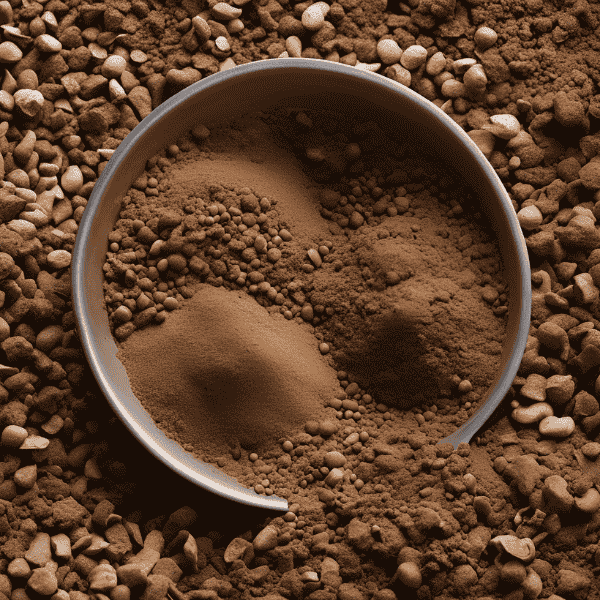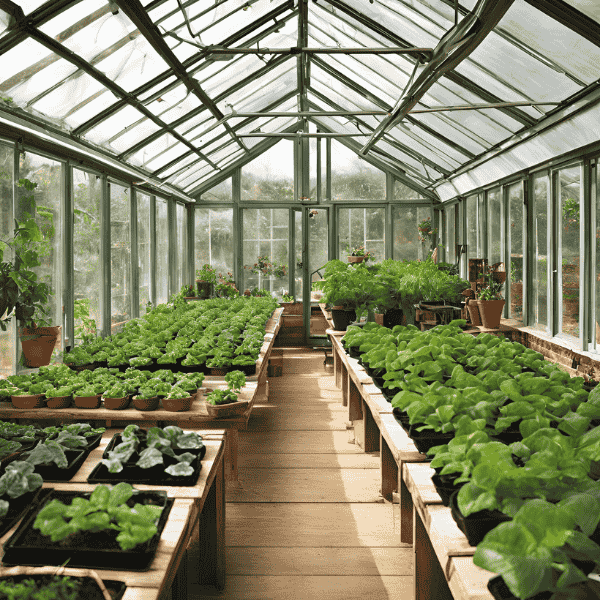Planting for Different Seasons: Ensuring Year-Round Color and Interest

Spring: Welcoming the New Growth
Spring is the season of renewal, and it’s the perfect time to start planting flowers that bring fresh color to your garden. Spring-blooming plants are usually the first to show signs of life after the winter frost melts. These plants often thrive in cooler temperatures and enjoy moderate sunlight. Popular Spring Plants:- Tulips: These vibrant flowers come in almost every color and variety, making them a spring favorite.
- Daffodils: Known for their cheerful yellow blooms, daffodils are easy to grow and resilient.
- Crocus: One of the earliest bloomers, crocus flowers are small but pack a colorful punch in your garden beds.
- Choose bulbs that are planted in the fall for an early spring bloom.
- Make sure the soil is well-drained and rich in nutrients to encourage healthy growth.
- Spring flowers tend to need plenty of sunlight, so choose spots that get at least 4-6 hours of sun a day.
Summer: Vibrancy and Full Bloom
Summer is all about lush greenery and flowers that truly reach their full potential. This is the time to plant annuals and perennials that can handle the heat and offer vibrant displays. Popular Summer Plants:- Lavender: Known for its fragrant purple blooms, lavender is perfect for adding texture and color in the summer.
- Sunflowers: These tall, cheerful flowers thrive in full sun and are perfect for creating focal points in your garden.
- Coneflowers: These hardy perennials are not only beautiful but also attract pollinators like bees and butterflies.
- Summer plants need consistent watering, especially during hot spells, but avoid overwatering.
- Consider adding mulch to help retain moisture and keep the soil temperature stable.
- Be mindful of the plant’s sunlight requirements—some need full sun, while others thrive in partial shade.
Fall: Preparing for the Cool Down
Fall is a time of transition, but that doesn’t mean your garden has to fade. Many plants bloom during the fall, and others provide beautiful foliage to carry you through the cooler months. Popular Fall Plants:- Chrysanthemums: Known for their rich fall colors, chrysanthemums are perfect for adding warmth and brightness to the garden.
- Asters: These late-blooming flowers come in shades of purple, blue, and pink, adding a delicate touch to your fall landscape.
- Ornamental Grasses: Many grasses, like pampas grass, turn golden or reddish in the fall, creating a striking contrast against the cooler colors of the season.
- Plant bulbs for spring bloom during the fall, such as tulips or crocus.
- Fall plants typically require less frequent watering, as temperatures begin to cool.
- Consider choosing plants with strong autumn colors, like fiery reds and oranges, to bring warmth to your garden as the days shorten.
Winter: Embracing the Quiet Beauty
Winter gardens might seem daunting, but there’s beauty in the bare branches, evergreen leaves, and winter flowers that can thrive in the cold. While most plants go dormant in winter, there are still ways to keep your garden interesting. Popular Winter Plants:- Evergreens: Plants like pine, fir, and spruce keep their foliage all year round and provide structure and texture even in winter.
- Winterberry: This deciduous holly produces bright red berries, offering a pop of color during the cold months.
- Snowdrops: These tiny, white flowers are among the first to bloom in late winter, often pushing through the snow to greet the new year.
- Use evergreens and shrubs to create visual interest and structure when other plants are dormant.
- Consider planting winter-blooming flowers like hellebores or winter jasmine for a touch of color.
- Keep your garden tidy by removing dead foliage and protecting vulnerable plants with mulch or covers to prevent frost damage.
Planning for Year-Round Beauty
To ensure that your garden is never without something in bloom, it’s important to carefully plan your planting schedule. Here are a few tips to get started:- Layering Plants: Combine early bloomers like crocus with summer favorites like sunflowers, and finish with late-blooming perennials like asters. Layering different plants helps fill in any gaps in your garden.
- Consider Bloom Time: Research the bloom time of each plant. Choose plants that bloom at different times, from the early spring bulbs to the late-season perennials.
- Texture and Color: In addition to flowers, think about the texture and color of the leaves and stems. Plants with striking foliage, like hostas or ornamental grasses, can add beauty even when flowers aren’t in bloom.
- Mulching and Protection: Make sure your plants are well-protected in the winter months. Use mulch to protect roots and add a touch of green to your garden during the cold months.



